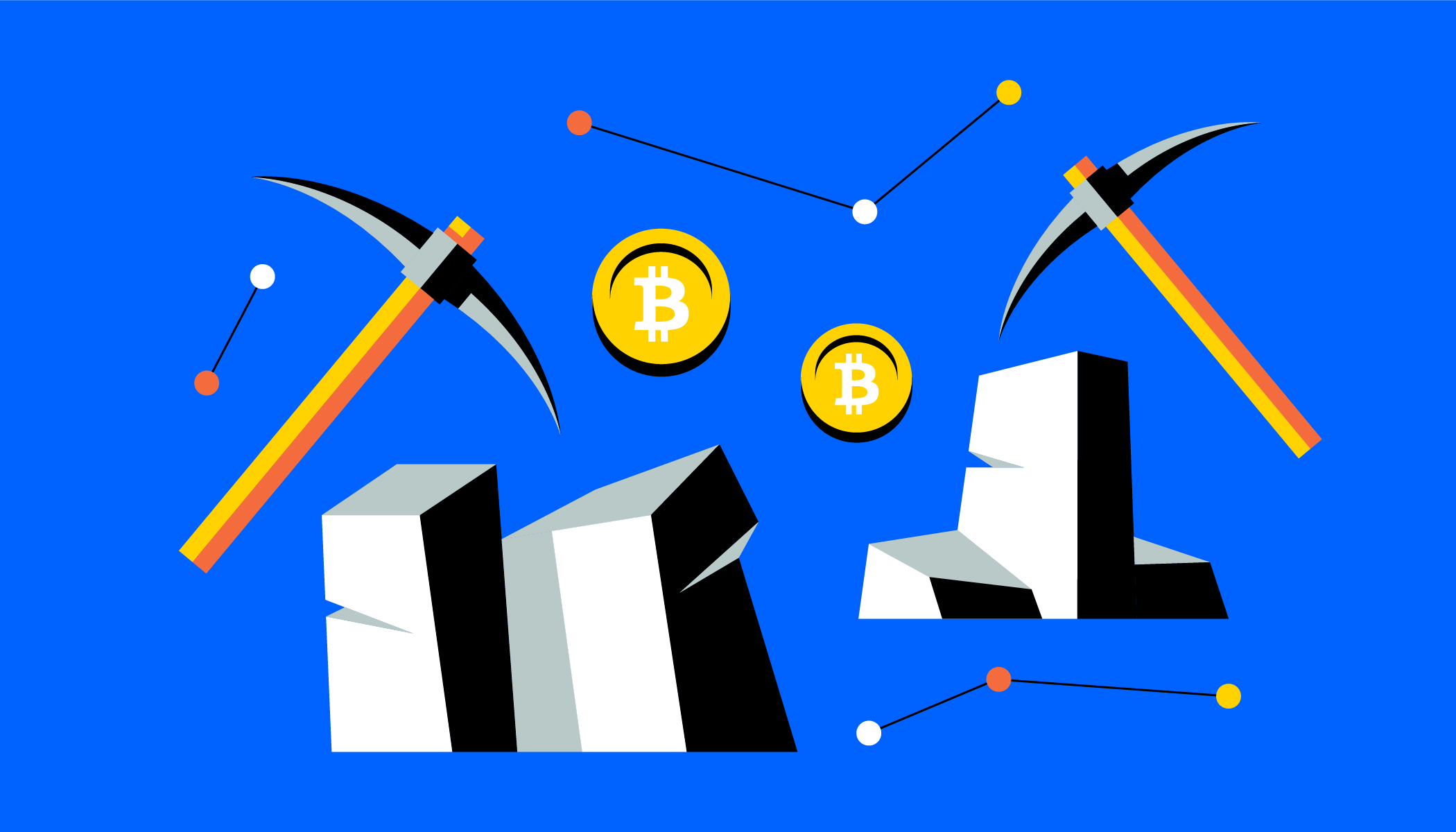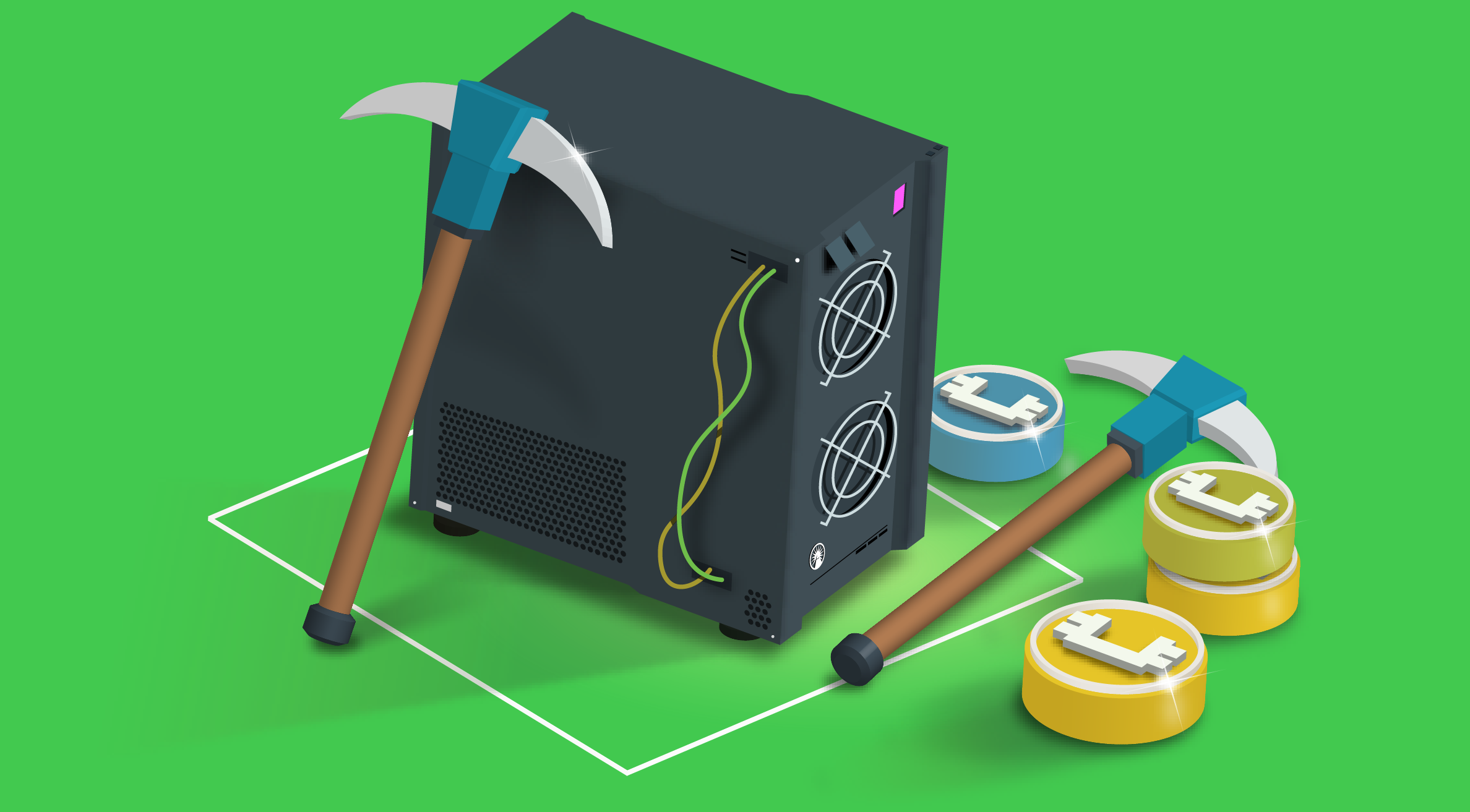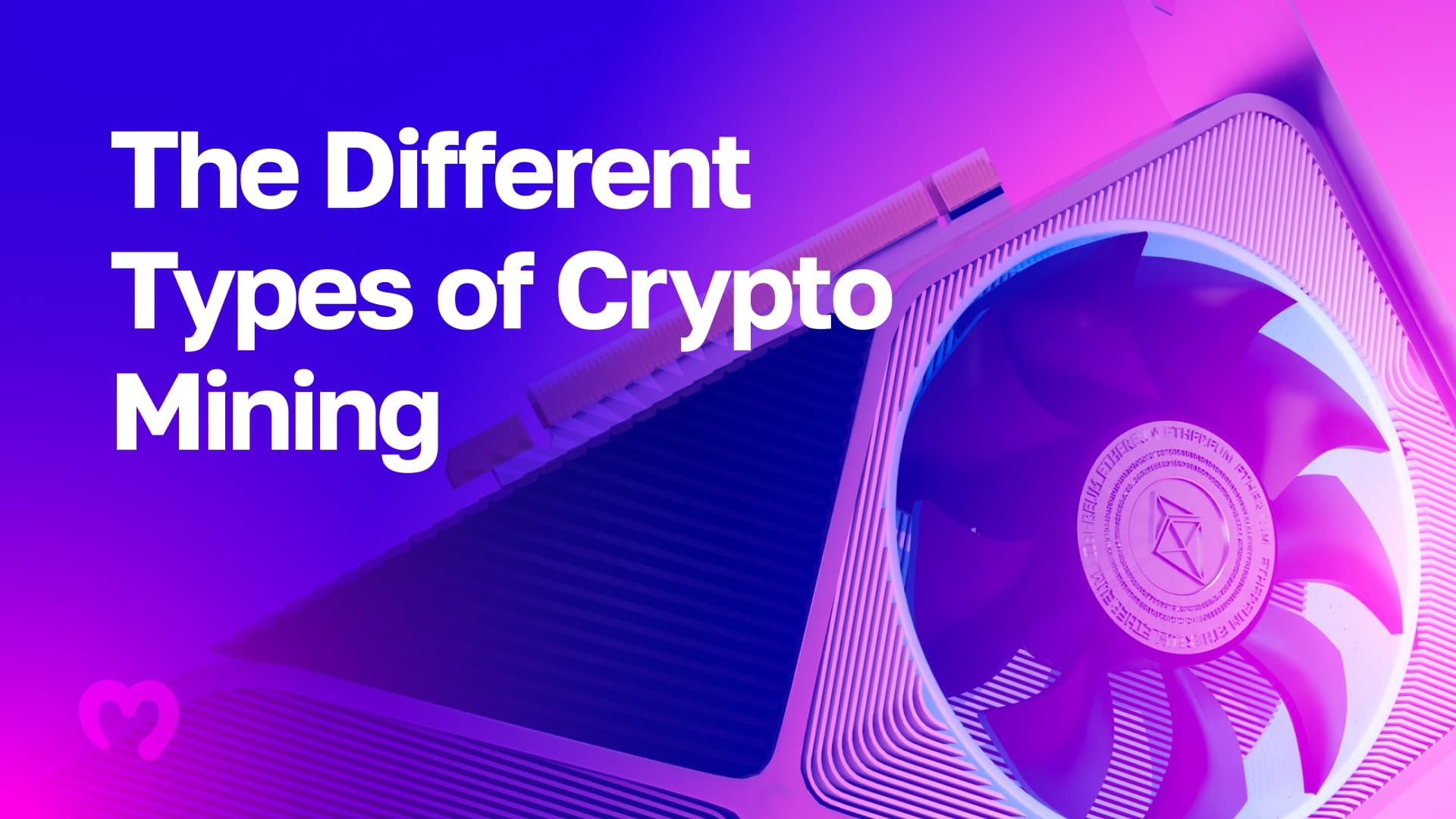1. What is Crypto Mining?

Mining is the backbone of Bitcoin and many other cryptocurrencies, serving a dual purpose: creating new coins and verifying transactions. This process relies on a global network of decentralized computers that work together to validate and secure blockchains, the digital ledgers where cryptocurrency transactions are recorded. Miners contribute their computational power to solve complex mathematical problems, ensuring the integrity and security of the blockchain.
In return for their efforts, miners receive newly minted coins as a reward, creating a self-sustaining system. The blockchain depends on miners to maintain its security, while miners are incentivized by the coins they earn. This mutual relationship keeps the network robust, secure, and continuously operational.
2. How does crypto mining work?

Crypto mining is essential for verifying and adding new blocks to the blockchain, a digital ledger that records all transactions. Here's an overview of how mining works:
2.1 Transaction Verification
When a cryptocurrency transaction is initiated, it is broadcast to the network. This transaction is grouped with others into a block of data. Miners then work to verify that these transactions are legitimate and follow the rules of the blockchain.
2.2 Mining the Block
To add the new block to the blockchain, miners must solve a complex mathematical problem that involves finding a hash that meets certain criteria. This is known as the proof-of-work (PoW) algorithm. The miner who first solves the puzzle gets the right to add the block to the blockchain.
2.3 Reward for Mining
Once the block is added to the blockchain, the miner who solved the problem is rewarded with a certain amount of cryptocurrency, which serves as both an incentive and a way to release new coins into circulation. For example, Bitcoin miners receive block rewards (currently 6.25 BTC as of 2024) when they successfully mine a block.
3. Types of Crypto Mining

There are various types of crypto mining, each with its own specific processes, requirements, and technologies.
-
CPU mining
Uses a computer's central processing unit. This was the most accessible way to mine crypto in the early days of Bitcoin, but it's no longer recommended because CPUs don't have enough processing power.
-
ASIC mining
Uses specialized hardware and algorithms to perform a specific task. ASIC miners have powerful processors, which makes them more powerful than GPU and CPU mining.
-
GPU mining
Uses a computer's graphics processing unit (GPU), also known as a graphics card. GPUs are popular because of their power and accessibility. You can increase your hashrate by using multiple GPUs.
-
FPGA mining
A fast and efficient way to mine that's comparable to GPU mining. FPGAs use small amounts of power and have high hash ratings.
4. Why is crypto mining important?

Crypto mining is a foundational aspect of blockchain networks. It serves multiple critical functions:
- Mining ensures the security of the blockchain by making it very difficult for bad actors to manipulate the transaction history. Modifying a transaction would require an enormous amount of computational power, making fraudulent activity impractical.
- Crypto mining helps maintain the decentralized nature of blockchain. The process of mining is distributed across thousands of independent miners around the world, ensuring no single entity has control over the network.
- Through mining, new coins are introduced to the cryptocurrency ecosystem. This process helps control the supply of the cryptocurrency. For example, with Bitcoin, the block rewards for miners decrease over time, ensuring a finite supply of coins and helping to keep inflation in check.
Conclusion
Crypto mining is an essential part of the cryptocurrency ecosystem, ensuring that the blockchain remains secure, decentralized, and functional. By solving complex cryptographic puzzles, miners verify transactions, maintain the integrity of the blockchain, and help release new coins into circulation.
While mining can be a lucrative endeavor, it also requires significant investment in hardware, energy, and time. As cryptocurrencies evolve, mining will continue to play a crucial role in supporting the broader network, but with increasing attention being paid to sustainability and energy efficiency.
Read more:

 English
English Tiếng Việt
Tiếng Việt.png)
.jpg)

.jpg)
.jpg)
.jpg)

.jpg)
.jpg)

.jpg)
.jpg)
.jpg)




